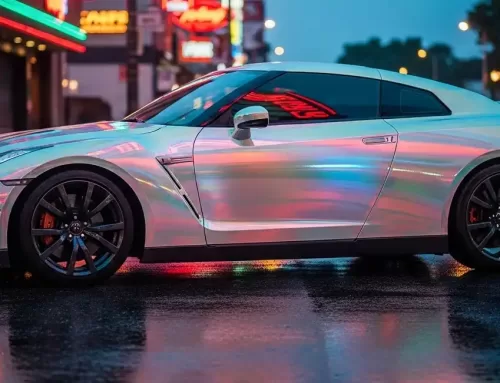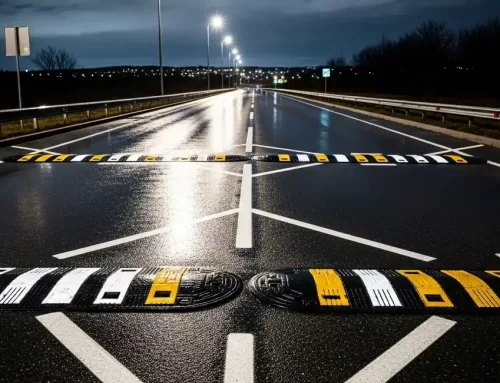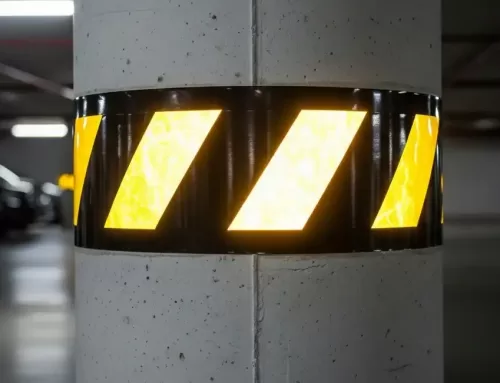How new prismatic retroreflective sheeting solves double-vision in traffic signs

When it comes out, it breaks through the barrier that prismatic reflective sheeting can’t combine the long-distance reflective capability with the close-range reflective capability.
In another aspect, it can determine the angles (incident angle and observation angle) required to make the sign visible at the ideal distance, considering the spread of cars’ lights.
And then people will find the non-reflective area on traditional truncated prisms, which will be cut next.
So that we can achieve the purpose of the reflective structure, the reflective film area per unit area is 100%, which is referred to as “full reflection”.
What are the reflection effects of it?
On today’s full-prismatic reflective film, after each crystalline cube is connected and arranged in a specific pattern, there will be more than 930 units per square centimeter of material area to control the path of light entry and reflection.
However, from any aspect, the lower layer of the crystalline cubic corner body is sealed to form an air layer, which utilizes the diffraction phenomenon of light to cause the incident light to form internal total reflection, thereby achieving the best reflective effect without the aid of a metal reflective layer.
Compared to traditional engineering-grade and high-intensity-grade reflective films, this reflective film, made from wear-resistant and high-hardness polycarbonate material and utilizing crystalline cube technology, not only doubles its reflective performance but also significantly improves its large-angle reflective performance.
The front brightness of this full-prism reflective film is more than six times that of the engineering-grade film.
The front brightness of the white film (0.2º/-4º) is generally above 600 cd/lx/m, which is more than twice that of the high-intensity grade, and the retroreflective performance at large observation angles (0.5º and 2º) is about two to four times higher.
Why is it different from other prismatic reflective sheeting?
When it comes out, it breaks through the barrier that prismatic reflective sheeting can’t combine the long-distance reflective capability with the close-range reflective capability.
In another aspect, it can determine the angles (incident angle and observation angle) required to make the sign visible at the ideal distance, considering the spread of cars’ lights.
And then people will find the non-reflective area on traditional truncated prisms, which will be cut next.
So that we can achieve the purpose of the reflective structure, the reflective film area per unit area is 100%, which is referred to as “full reflection”.
What are the reflection effects of it?
On today’s full-prismatic reflective film, after each crystalline cube is connected and arranged in a specific pattern, there will be more than 930 units per square centimeter of material area to control the path of light entry and reflection.
However, from any aspect, the lower layer of the crystalline cubic corner body is sealed to form an air layer, which utilizes the diffraction phenomenon of light to cause the incident light to form internal total reflection, thereby achieving the best reflective effect without the aid of a metal reflective layer.
Compared to traditional engineering-grade and high-intensity-grade reflective films, this reflective film, made from wear-resistant and high-hardness polycarbonate material and utilizing crystalline cube technology, not only doubles its reflective performance but also significantly improves its large-angle reflective performance.
The front brightness of this full-prism reflective film is more than six times that of the engineering-grade film.
The front brightness of the white film (0.2º/-4º) is generally above 600 cd/lx/m, which is more than twice that of the high-intensity grade, and the retroreflective performance at large observation angles (0.5º and 2º) is about two to four times higher.





